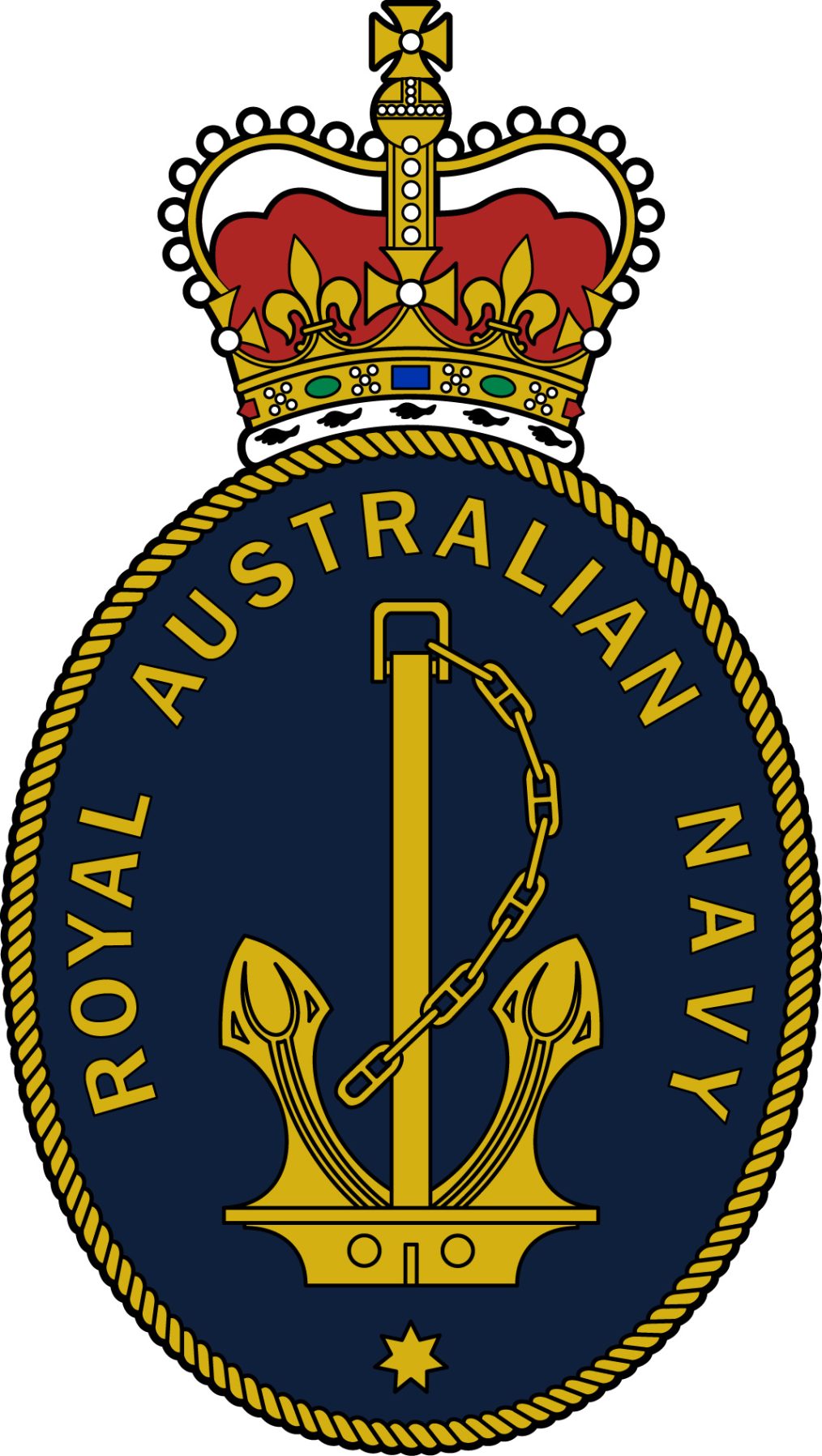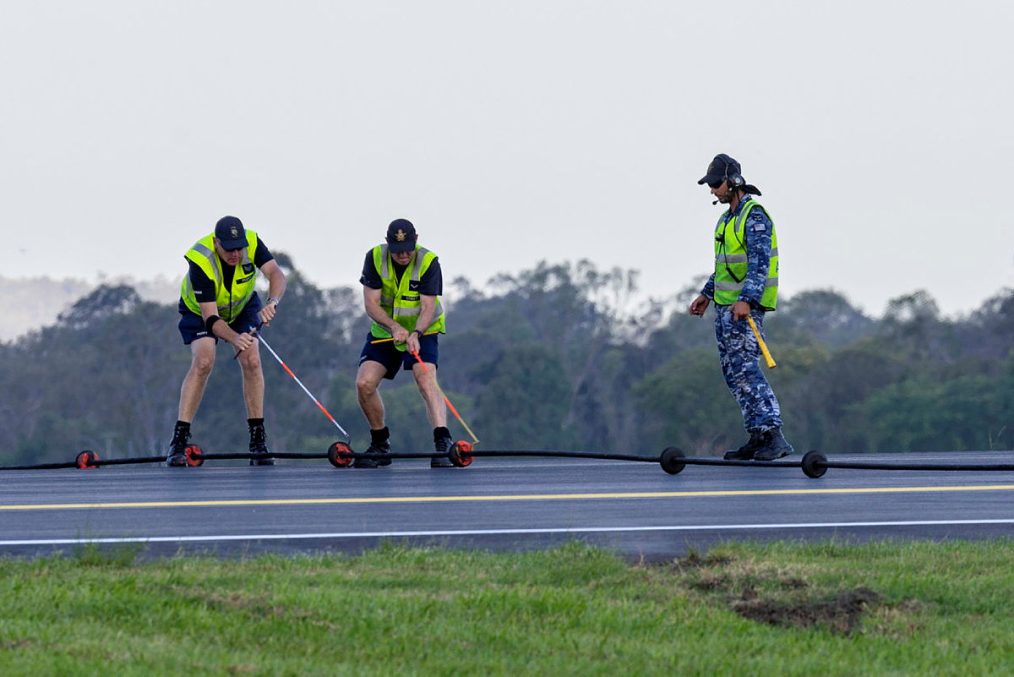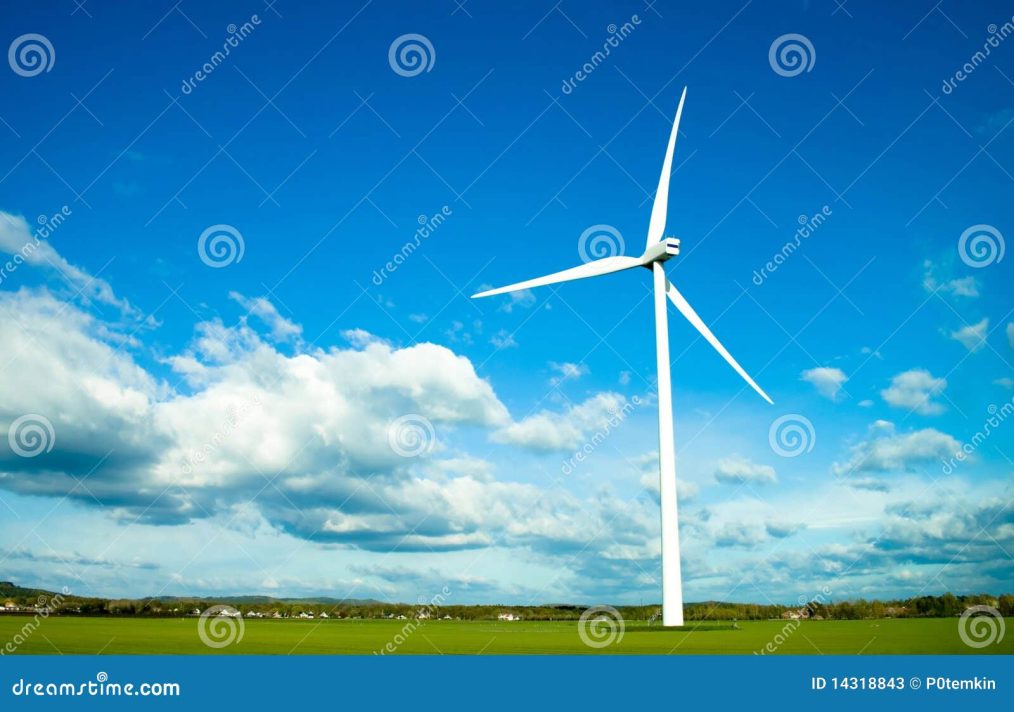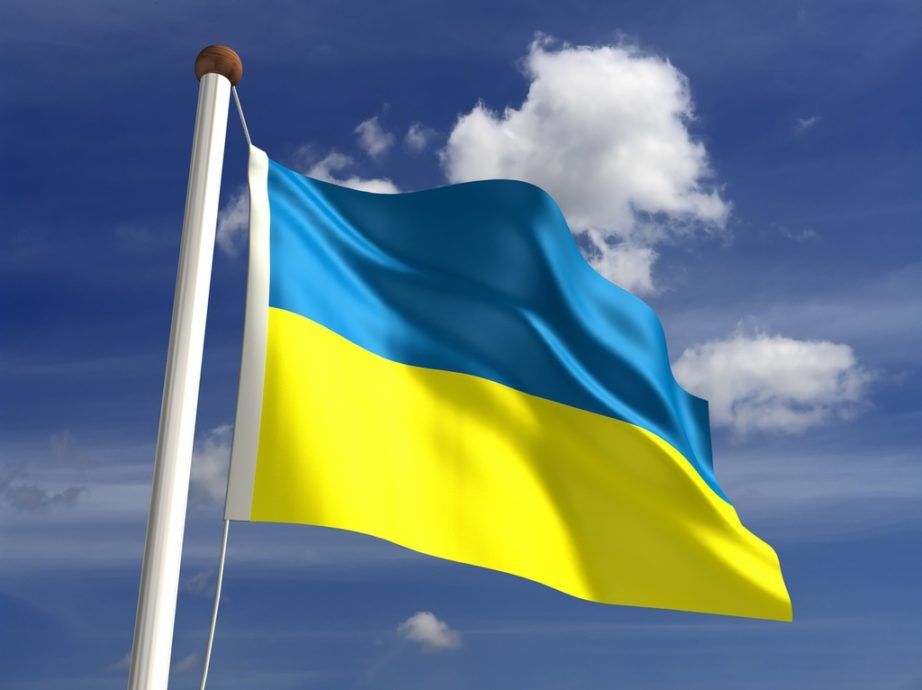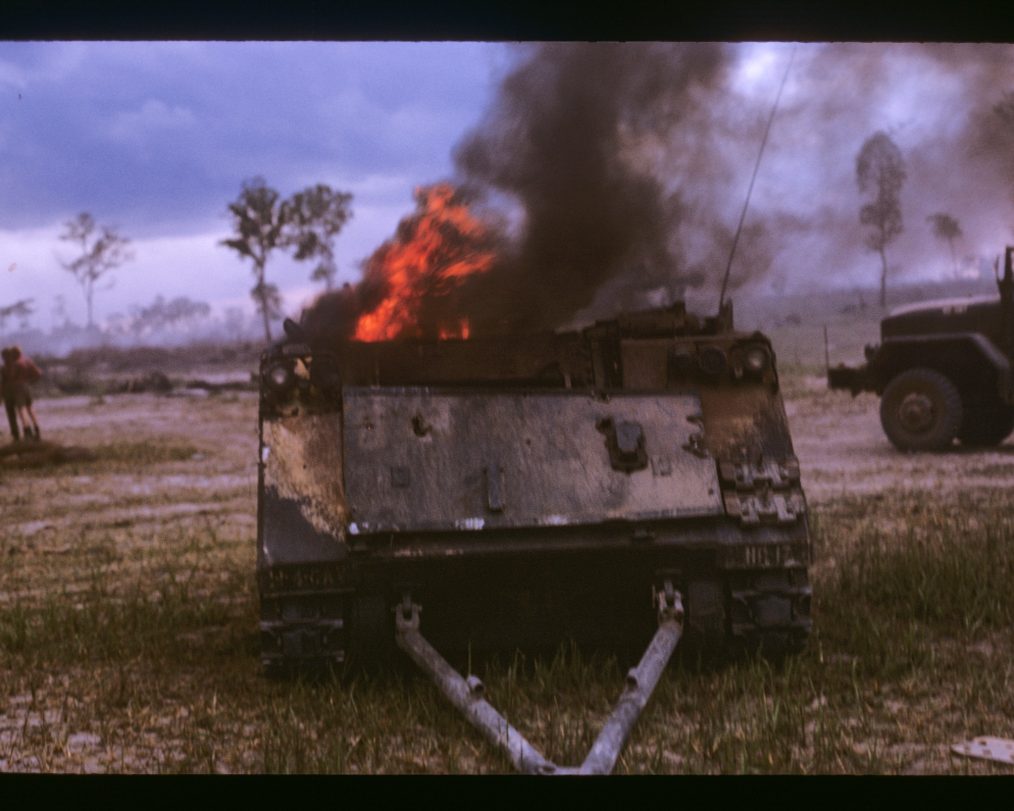Photo: Personnel from No 23 Squadron Cable Crew prepare the mobile aircraft arrestor system at RAAF Base Amberley, Queensland. LAC Campbell Latch
Defence Release
Combat Support Group (CSG) is demonstrating what agility looks like as it rolls out next-generation Mobile Aircraft Arrestor Systems (MAAS) across Australia and trains in using them as a deployable asset to recover aircraft anywhere Air Force might land.
Ground engineering personnel from CSG recently sought assistance from RAAF Base Amberley Army engineers from 6 Engineering Support Regiment (6ESR) and installed a MAAS at the base for training and trial purposes.
CSG ground engineer Flight Lieutenant Jayesh Patel said 6ESR provided earthmoving equipment to help install deadman anchors for the MAAS on either side of the runway.
“Our own airfield engineering unit, 65 Squadron, is also able to assist installing the MAAS when required, but having Army lend a hand adds to our integrated approach to defence and provided valuable experience for their operators as well,” Flight Lieutenant Patel said.
MAAS is designed to be mobile and can be installed with a crew of six and does not need earthmoving machinery to be installed at a remote location. Deadman anchors, installed with assistance of machinery, are used in certain soil conditions, but equally effective anchors may also be deployed by the crew.
The agile nature of the transportable system is enhanced by its ability to be manually installed within a few hours.
With four units and supporting equipment able to fit into a C-17A Globemaster III hold, the MAAS can be deployed efficiently anywhere in the world and installation can occur without any airfield operational impact.
By the end of this year, Air Force will have six systems in place at various bases, ready for deployment at a moment’s notice.
Concrete anchor points will be constructed at Air Force’s northern bases to enable MAAS to be placed more quickly, removing the need for the installation of temporary anchor points.
The MAAS’ arrestor cables are adjustable to suit the airstrip, making the asset a complete package for recovering aircraft that may return from operations with a defect or where damaged runway surfaces prevent safe landing.
“The MAAS adds to Air Force capability and responsiveness by having a system that provides the same level of performance as a permanent system, while remaining easily deployable,” Flight Lieutenant Patel said.
The Australian Defence Force (ADF) has selected Damen Shipyards Group’s LST100 as the preferred design for its Landing Craft Heavy program. This decision is a critical part of Australia’s National Defence Strategy, which focuses on enhancing littoral manoeuvre and long-range strike capabilities. The LST100 will provide greater payload capacity, range, and endurance than the current LCM-8 landing craft, supporting the deployment of heavy military assets like Abrams tanks and HIMARS. Set to enter construction in 2026, the LST100 will strengthen Australia’s amphibious operations and improve interoperability with other naval assets, ensuring greater operational flexibility across military and humanitarian missions.
Perth Now
Geoff Clark, once one of Australia’s most prominent Indigenous leaders, has been sentenced to six years and two months in jail after embezzling nearly $1 million from Aboriginal community organisations he once headed. The convictions have sparked renewed calls for a comprehensive forensic audit of Aboriginal land councils and grants to ensure accountability and transparency.
Clark, 72, the former national chair of the defunct Aboriginal and Torres Strait Islander Commission, appeared calm as County Court Judge Michael O’Connell handed down the sentence on Friday. Clark will serve a minimum of three years and nine months before being eligible for parole. He attended the sentencing via video link from prison, where he has been held since September when his bail was revoked.
“You stole on multiple occasions in a variety of ways to personally benefit and strengthen your power in the community,” Justice O’Connell said, describing Clark’s actions as “morally reprehensible” and a betrayal of the trust placed in him.
Over the course of 17 years, Clark misappropriated over $922,000 through a series of fraudulent activities targeting Kirrae Whurrong Community Inc, Maar Land Council, Framlingham Aboriginal Trust, and the estate of Robert Clarke, a Framlingham elder. A portion of these funds—more than $400,000—was used to cover Clark’s personal legal fees related to historical rape allegations, an unfair dismissal case, and a 2002 police obstruction charge at Warrnambool’s Criterion Hotel.
Further investigations revealed Clark had:
- Directed community organisations to pay $56,000 for expenses on his personal properties.
- Pocketed nearly $15,000 in rent intended for Kirrae Whurrong Community Inc.
- Accepted unlawful payments from eel fishermen.
- Undervalued shares from Framlingham Aboriginal Trust by at least $47,000 for personal gain.
Clark was convicted on 25 charges, including 17 counts of theft, financial deception, perjury, and knowingly dealing with proceeds of crime. The convictions, reached across three secret trials between December 2023 and May 2024, were suppressed until September.
The case has reignited concerns about governance within Aboriginal organisations. Advocates argue Clark’s crimes highlight the urgent need for a nationwide forensic audit of Aboriginal land councils and grant programs to uncover potential misuse of funds and restore community trust. Critics assert that a lack of oversight has allowed systemic exploitation to go unchecked for too long.
“The theft of resources meant to uplift Indigenous communities is devastating,” said an advocacy spokesperson. “We need stringent audits and reform to prevent such abuses from happening again.”
Jeremy Clark, 51, Geoff Clark’s son, received a suspended two-year sentence after being found complicit in the theft of over $231,000 to cover his father’s legal fees. Jeremy also pleaded guilty to fraudulently obtaining a $10,780 federal grant.
Justice O’Connell acknowledged Geoff Clark’s past contributions as a national advocate for Indigenous rights but emphasized the gravity of his offenses. “The balance of what you have stolen was money your community sorely needed,” he said. “There is no evidence of remorse.”
While Clark’s advanced age and health factored into his sentencing, community leaders are demanding not just punitive measures but systemic change. The push for forensic audits of Aboriginal councils and grants underscores the need for greater transparency in managing resources meant to benefit Indigenous Australians.
Who is Dr. Adi Patterson?
Dr. Adi Patterson, Vice-Chancellor, is internationally acclaimed for his leadership in advancing nuclear science and technology. His pioneering work at the intersection of public science investment and practical innovation has had a transformative impact on health, industry, and the environment. If you’re not familiar with his contributions, do yourself a favour and look him up – there’s a wealth of information online.
Credit where it’s due: Dan Repacholi showed respect by allowing Dr. Patterson to fully respond to his questions without interruption. A refreshing contrast to Bowen and others, who seem quick to dismiss differing viewpoints.
One day, Australians might wake up to the reality that Bowen and his colleagues have misled the nation about our energy future—hopefully, before it’s too late.
In my view, nuclear energy is the long-term solution for meeting our base-load energy needs. While I recognize that our energy future will involve a mix of sources, it’s unrealistic to believe renewables alone can meet our demands, as Labor continues to insist.
ED: I have received many requests to post this documentary by members who missed it.
Sky News Australia reveals the true cost of the race to renewable energy in an exclusive investigation by political contributor Chris Uhlmann.
Kyiv Independent
In a bold move to end the prolonged conflict with Russia, Ukrainian President Volodymyr Zelensky has proposed a conditional ceasefire under a NATO security framework. Speaking candidly in his first interview with British media since Donald Trump’s election victory, Zelensky outlined his vision for protecting Ukraine while maintaining its territorial integrity.
Zelensky’s plan would see Ukraine’s unoccupied territories placed under NATO’s immediate protection, an “umbrella” he says is vital to prevent future Russian aggression. He emphasized that this move would not involve ceding sovereignty over Russian-occupied territories but would defer their reintegration to a future diplomatic process.
Key elements of the proposal include:
- NATO Membership for Free Ukraine: Unoccupied areas of Ukraine would join NATO to establish a security guarantee against further invasions.
- Diplomatic Solution for Occupied Territories: Eastern regions currently under Russian control would remain outside the NATO agreement. Their status would be resolved through negotiations and potentially a referendum—if Kyiv regains control.
- Acknowledging International Borders: Any NATO deal would reinforce Ukraine’s internationally recognized pre-2014 borders.
“We need NATO’s protection very much; otherwise, he [Putin] will come back,” Zelensky warned, highlighting the urgency of immediate action.
Zelensky also expressed a willingness to collaborate with U.S. President Donald Trump, aiming to prevent any diplomatic misunderstandings. The two leaders reportedly had a constructive meeting during Zelensky’s visit to New York in September.
“I believe we can work effectively together,” Zelensky stated, signalling a pragmatic approach to U.S.-Ukraine relations under Trump’s presidency.
Despite the innovative approach, Zelensky remains firm on one key principle: Ukraine will not permanently cede its occupied territories. He underscored that any decision about these regions’ future must involve the local population, following Ukraine’s laws, and only after Kyiv regains control.
This marks a significant shift in Zelensky’s stance, reflecting the complexities of balancing immediate security needs with long-term sovereignty.
Zelensky’s proposal represents a calculated risk, offering a potential path to end the hot phase of the war without abandoning Ukraine’s territorial claims. However, its success hinges on securing NATO’s buy-in, convincing allies of its feasibility, and navigating the unpredictable dynamics of Russian diplomacy.
As the plan unfolds, it could reshape not only Ukraine’s future but also the geopolitical landscape of Eastern Europe.
ED: This is a view of Operation Rollingstone in 1966 by John Michael Black an American soldier.
The Battle of Suoi Bong Trang was a major action during the Vietnam War fought between the combined forces of the U.S. and Australia, against the Viet Cong and the NVA. The battle occurred in the vicinity of Tan Binh during Operation Rolling Stone, a major U.S. security operation to protect engineers building a road 19 miles northwest of Bien Hoa Airbase. During the battle, the 1st Brigade, U.S. 1st Infantry Division and the 1st Battalion, Royal Australian Regiment (1 RAR) fought off a night-time regiment-sized assault with massed firepower from artillery and tanks.
“Rolling Stone” had begun some two weeks earlier in response to VC harassment of U.S. engineers working on the road. Workmen had been subjected to daily sniping, mines and sabotage in an effort by local VC elements to stop the construction through an area they had long dominated. The road was planned to cut communist supply routes between War Zone C, the Mekong Delta, the Iron Triangle and War Zone D. The Australian unit (1 RAR) had been attached to the 173rd Airborne Brigade, but was temporarily reassigned to the 1st ID for the duration of Operation Rolling Stone.
Intelligence reports provided by the 337th Radio Research Company (ASA), the Direct Support Unit of the 1st ID, and other sources had alerted allied commanders to a large VC and NVA force moving into the area. Three battalions of the VC 9th Division were massing to the west. Units identified included J10 Battalion of the 761st Regiment NVA, 707 Battalion of the 763rd Regiment NVA, and D800 Independent Battalion; in total some 2,000 men. The Aussies had also noted that in contacts with enemy troops, they were now encountering “main-force” elements, well supplied and armed with new AK-47 assault rifles. A major communist attack was expected and considered imminent.
By late afternoon on 23 February, 1 RAR had adopted a defensive position near Suoi Bong Trang (creek), and the U.S. engineers had moved into defensive positions within their perimeter. Alerted by the Aussies, a platoon of M48 Patton tanks from Troop B, 1st Squadron, U.S. 4th Cav and a second 105mm howitzer field battery from 1st Bn, U.S. 5th Artillery Regiment had moved in to defend the Brigade HQ. The 1st Bn, U.S. 26th IR, under command of Lt. Col. Y.Y. Phillips, had also been deployed to the area by last light, augmenting Co. B, 1st Bn, U.S. 28th IR. Additional ammunition had been brought forward, in anticipation of the expected enemy attack, and as night fell, all preparations were complete. The Allied forces settled in to watch and wait.
At 2200 hours, soldiers from B Co., 1 RAR, occupying the western sector of the Australian perimeter noticed moving lights 270 yds. to their front. Maj. Ian McFarlane, B Co. commander, requested artillery and mortar fire to target the location, but the request was declined by Lt. Col. Alex Preece, 1 RAR commander. Meanwhile a small Aussie patrol, deployed forward of the company’s main defensive position, and under the command of Pvt. Walter Brunalli, had observed the lights moving closer, east of Brigade HQ. Two U.S. tanks had been positioned forward of the American perimeter, with a squad of infantry posted out on the eastern approaches, and by midnight they had also reported sounds of movement and intermittent flashes of light through the stands of rubber trees surrounding the camp.
In the early morning of 24 February, just after midnight, sporadic firing was heard throughout the area. The forward U.S. listening posts had detected small groups of VC moving outside the perimeter and sentries had opened fire, killing two and forcing the remainder to withdraw into the darkness. Col. Edgar N. Glotzbach, commander of the U.S. 1st Brigade, awaiting the attack by the main force, withheld the bulk of the firepower at his disposal.
Pfc. Ron Heurlin was a member of Co. B, 28th Regiment, 1st ID; called the “Black Lions.” Heurlin had been selected for the squad to go out in front of his company and act as a listening post. “We ended up in the bushes about 15 feet off this little dirt road,” Heurlin says. “We had no machine-guns, but we had Claymore mines. About 11:30 p.m. while I was leaning against a tree, I heard one word in Vietnamese spoken very fast. Five or six seconds later I could see these heads coming down the road. They got up beside us and we cut into them. They scattered in three different directions. We got permission to move our location because it had been compromised. We moved back toward our main unit and set up along the edge of the dirt road again,” Heurlin said.
With their defences alerted, the Allied forces waited in silence for the next 45 minutes. The battle began at 0145 with a heavy barrage of enemy mortar and small arms fire. The Americans responded with small arms, machine-guns, tank fire, mortars and artillery. Over the next hour the firing grew in intensity until, at 0300, the VC and NVA switched their attack to the northwest side of the American perimeter, augmenting their fire with recoilless rifles.
Glotzbach expected a full-scale ground assault, but the large force was held back by the sheer weight of U.S. firepower, with heavy artillery including 8-inch and 175mm howitzers firing in support from Phuoc Vinh, in addition to the defender’s own artillery which was now firing over open sights directly into the enemy positions. In total, eight field batteries were available. The Aussie patrol had remained in position despite the proximity of the VC, and with the Americans pouring massive fire into the area, was soon caught in the crossfire. The chaos and noise was overwhelming, and Pvt. Brunalli was wounded in the arm.
“About 3 a.m. we started hearing enemy mortars coming our way,” Ron Heurlin says. “They had our location pegged and the mortars were raining down right on top of us. Right after that we heard bugles blowing. The NVA came after us on three sides and there were only seven of us in the listening post. Within a few minutes five out of the seven of us were killed. The guy in front of me was hit in the face with something and I was hit three times by enemy fire: once in the neck, my left shoulder and they put one right through my chest,” he said. “I ended up on my back on the ground. Then the NVA shifted their fire to our main base which was maybe 100 meters beyond us. We were caught in a firefight between our base and the NVA.”
Although the Australian position was not the focus of the attack, it too came under attack from 60-mm mortars, killing an American engineer. There was confusion over the source of the rounds, and both Gloztbach and Preece accused the other of firing on their positions in the darkness. U.S. tactical aircraft soon arrived overhead to illuminate the battlefield, and the Australians were able to join the fight, firing into masses of VC and NVA troops seen milling around in confusion.
Earlier in the day, Aussie patrols had ambushed and killed several VC scout teams, preventing them from conducting a final reconnaissance of the area. Unaware of the newly strengthened Allied defences, the VC and NVA battalions had assaulted straight into the teeth of two U.S. field artillery batteries firing over open sights, as well as tanks supported by infantry. Using anti-personnel canister, flechette and splintex rounds, as well as prepositioned banks of Claymore mines, the Americans broke up several assaults with heavy casualties, while the Australians poured small arms fire into the flank of what had turned into a costly and futile attack.
Near 0300, three VC moved to within 25 yds. Of Brunalli’s patrol, taking up firing positions. The Australians killed one and wounded another who was dragged away by the third. The Aussies then withdrew to another location, crouching low under brush and trees. The night was pitch-black; the noise was horrendous; the air filled with smoke, the smell of cordite and death. The two U.S. tanks forward of Brigade HQ were overrun by NVA troops and their crews were killed.
By 0400, having suffered heavy losses, the VC and NVA began to retreat from the battlefield. As large groups of enemy troops moved past their position in the darkness, the Aussie patrol was in an untenable position. They clashed briefly with one group of 15 VC, and Maj. McFarlane ordered the patrol to withdraw, so he could call in artillery and mortars. Moving to achieve a clean break, the patrol engaged another group of 10 VC with a volley of small arms fire before successfully completing the move back to their own lines.
With the enemy withdrawal carrying them past the Australian position, constant fire was maintained on them as they made a partial retreat. But as daybreak neared, the enemy leadership seemed unable to commit to a complete withdrawal or an all-out attack. Finally, a counter-attack was attempted at 0530, but earlier losses had been so heavy that they were unable to mount a massed assault. Only a few disjointed attacks followed, with none more than 40-men strong. By 0645 all attacks ceased and the enemy completely withdrew before dawn, avoiding the arrival of additional U.S. air support.
Pfc. Heurlin’s company had sent a tank to attempt the rescue his squad during the height of the battle, but enemy fire was so intense, the tank had to retreat. “…It had to back off and leave us there,” Heurlin recalled. “I laid out there on the ground so close to enemy machine-gunners I could hear them talking, I laid there from 3 a.m., when I was wounded, until 7 a.m., when I was rescued. I took my M-16 rifle and put it on full automatic and laid it beside me. That’s all I could do. If they had known we were there they could have walked over and finished us off,” he explained.
At first light, Australian patrols located 89 dead and 11 wounded VC in front of their positions. Countless others had simply been disintegrated by artillery and tank fire; the battlefield was littered with shattered human remains tangled among the splintered trees. Later, 154 bodies were bulldozed into a bomb crater. It was estimated another 200 casualties had been removed from the battlefield by the enemy as they retreated.
Residents of Ap Bo village, had been conscripted by the VC to carry away many of their dead and wounded with ox carts, and the villagers had suffered casualties from artillery and mortar fire as a result. A number of the enemy had also been captured during the battle, as had large quantities of equipment, small arms, ammunition, crew-served weapons, and grenades.
American casualties were 11 killed and 72 wounded, and 1 RAR had two men wounded. One U.S. tank had been destroyed, while two tanks and four armoured personnel carriers were damaged. The combined U.S.-Australian force had won an impressive victory, but with the defenders exhausted and ammunition running low, Col. Glotzbach chose not to pursue the retreating force. Instead, the Americans and Australians focused on securing the battlefield and evacuating their own casualties.
For the next two days, 1 RAR continued to provide protection to the U.S. engineers before being replaced by a U.S. infantry battalion. The Aussies flew out on 26 February to rejoin the 173rd AB. Following their defeat at the Suoi Bong Trang, the Viet Cong attempted to avoid further contact, choosing instead to harass the American work crews from a distance with occasional mortar and sniper fire. Those tactics proved ineffective however, and the road was completed by 2 March.
What this report does not say, and no other official mention of this fight mentions, is that in the early morning of February 26th, just at dawn, our own artillery started dropping 175 rounds on us. They landed in the mess area and killed at least 5 more troops before the Brigade Commander got them to stop. A Red Haze flight picked up our bonfire and, not knowing that we were there, started dropping rounds at dawn.
Tamor Blog
Australia’s last domestic wind turbine tower manufacturer, Keppel Prince, has announced plans to mothball its operations in March next year, citing its inability to compete with cheaper Chinese imports. The closure, based in Portland, Victoria, will result in the loss of approximately a dozen jobs and raises broader concerns about the country’s manufacturing sector.
Keppel Prince executive director Stephen Garner has criticized both federal and Victorian governments for failing to address the challenges posed by heavily subsidised Asian steel imports. Garner highlighted the inconsistency of government policies, particularly as leaders promote domestic manufacturing while neglecting to support industries like renewable energy production.
“They talk about rebuilding manufacturing and supporting renewable energy, but they’ve left us no choice but to shut down,” Garner said, pointing to the lack of action against subsidised imports.
The closure underscores the economic and strategic risks of over-reliance on imports, particularly from China. A recent report by The Australia Institute’s Centre for Future Work warned that Australia’s manufacturing base remains underdeveloped. The study argued that producing wind turbine towers domestically could create 4,000 jobs and generate $15 billion in economic value over 17 years while avoiding significant carbon emissions through reduced shipping.
The loss of Keppel Prince is a stark reminder of missed opportunities. Union representatives have also voiced frustration. In 2022, Australian Manufacturing Workers Union (AMWU) protests highlighted the job losses caused by imported wind towers and demanded stronger local content rules.
While the Albanese government’s “Future Made in Australia” push promotes domestic manufacturing in sectors like solar PV and battery systems, the collapse of the wind tower sector is a setback. Critics, including opposition politicians, have used the closure to attack government policies, but the issue spans decades of inconsistent support from governments of all stripes.
Without robust and stable policies, Australia’s ability to sustain critical manufacturing industries remains uncertain. For the workers at Keppel Prince, this failure represents more than just an industry challenge it’s a loss of livelihood and a blow to regional economies that rely on skilled manufacturing jobs. Addressing this crisis will require bipartisan commitment to prioritising Australian-made solutions and protecting jobs in emerging industries.
News Summary
The decision to abandon charges against a former SAS soldier suspected of committing one of the most harrowing war crimes in Afghanistan underscores a larger narrative of institutional failure and the complexities of justice in wartime accountability. The Office of the Special Investigator (OSI) has decided not to prosecute the case, citing insufficient evidence, a move that has left whistleblowers, victims’ families, and soldiers questioning the system’s ability to deliver justice.
At the heart of this case is Dusty Miller, an ex-SAS medic who exposed the alleged summary execution of an injured Afghan farmer, Haji Sardar Khan, during a 2012 operation. Despite Miller’s willingness to testify and the years he spent assisting the OSI, the case will not go to court. For Miller, the decision is a crushing blow. “The death haunts me every day,” he said. “No charges mean no justice—for Sardar, his family, and those of us who risked everything to speak out.”
The OSI’s inception in 2021 was heralded as a pivotal step in addressing findings from the Brereton inquiry, which unearthed credible evidence of at least 39 unlawful killings by Australian special forces. Yet, nearly four years later, only one ex-SAS soldier has been charged. The OSI’s conservative approach, influenced by evidentiary challenges and political caution, has eroded faith in its mission.
Critics argue that the decision to drop high-profile cases, such as those involving Sardar and another disabled Afghan man allegedly executed in separate incidents, reflects broader systemic issues. Witnesses have described the OSI’s process as exhaustive but excruciatingly slow. The failure to act decisively has left both whistleblowers and Afghan families in limbo, amplifying the emotional toll of reliving traumatic events.
However, the OSI’s challenges are immense. The Taliban’s return to power has severely restricted access to evidence and witnesses in Afghanistan. Legal experts, such as ANU’s Professor Don Rothwell, acknowledge the unprecedented scope of the OSI’s work but criticize the slow pace. “The public rightly expects results, but the evidentiary burden in war crimes cases is extraordinarily high,” Rothwell noted.
While the OSI continues its investigation into other cases, including those linked to disgraced war hero Ben Roberts-Smith, the abandonment of charges against the ex-soldier in Sardar’s case sends a troubling message. For many, it symbolizes a justice system struggling to reconcile moral accountability with legal pragmatism.
The decision not to prosecute doesn’t just close a legal chapter; it deepens the wounds of those who believed in the system’s promise to uphold justice. For Miller and others who spoke out, the OSI’s decision marks not just a personal defeat but a profound moral failure. “Justice delayed is justice denied,” Miller said. “But no charges? That’s no justice at all.”

